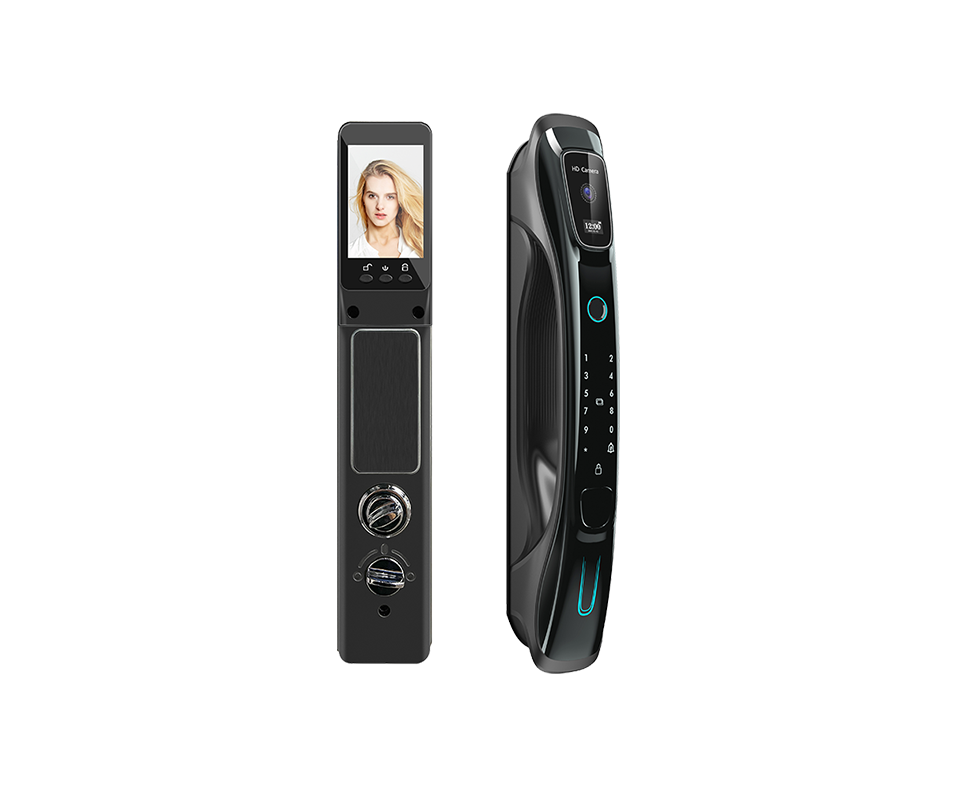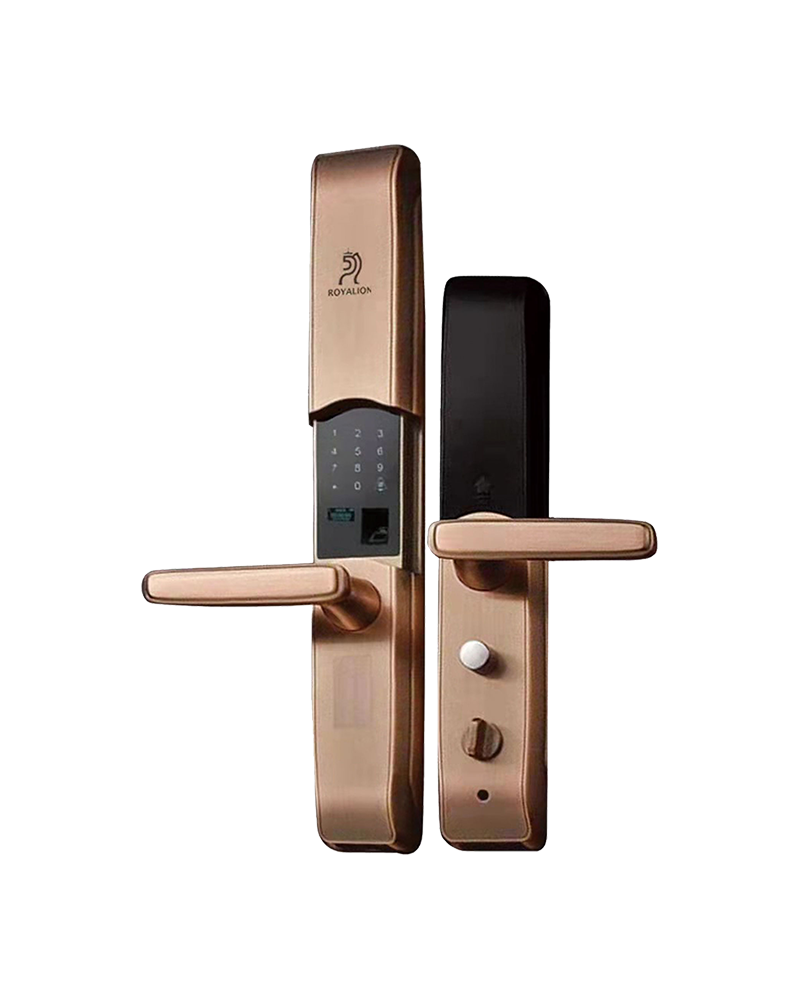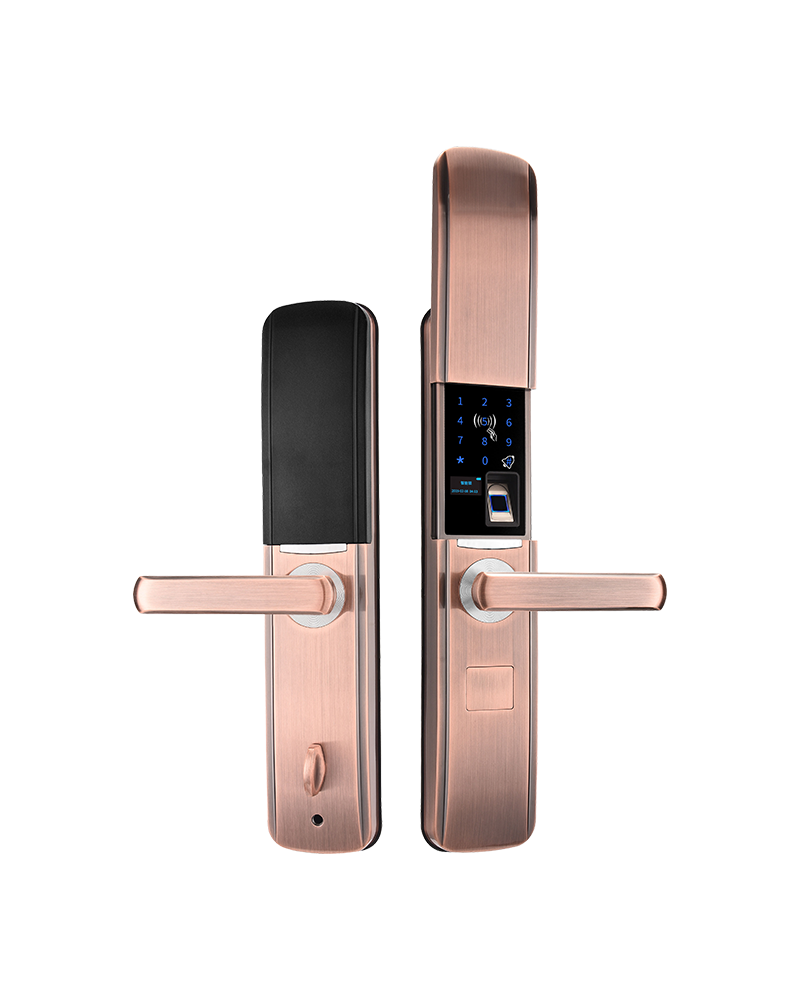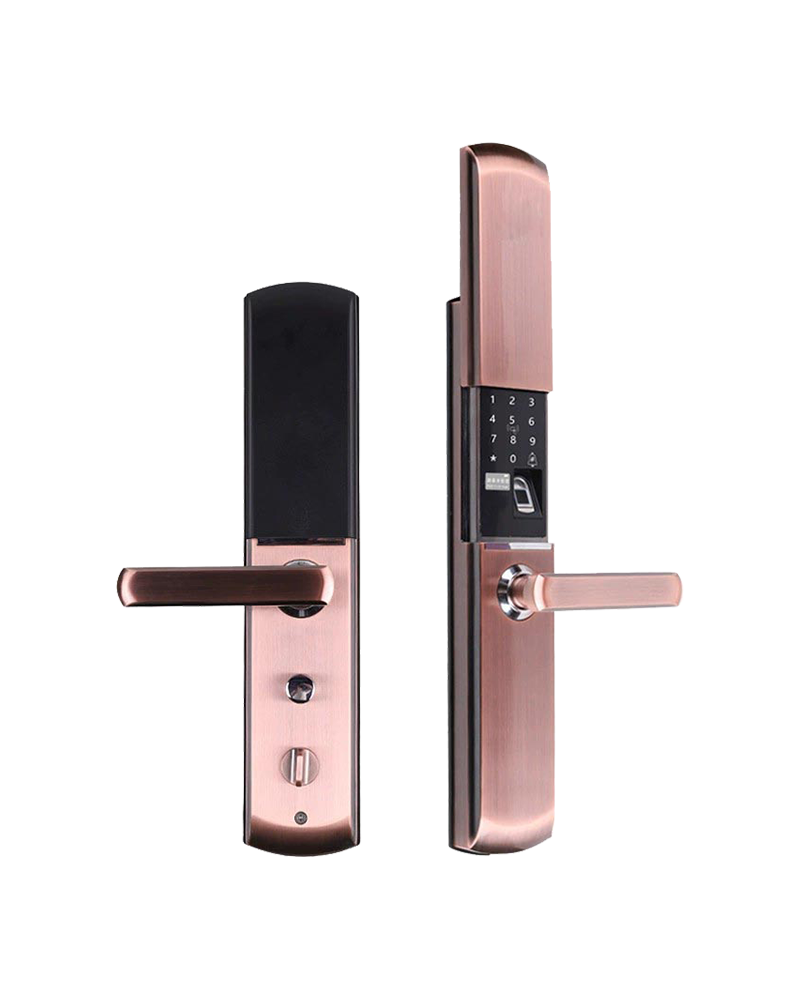China Face ID Smart Door Lock With Handle Manufacturing
In recent years, smart home security has evolved significantly, with the Face ID Smart Lock becoming an increasingly popular choice for homeowners. Traditional key locks and keypad locks have been around for decades, offering reliable security solutions. However, the Face ID Smart Lock introduces advanced technology that changes how people access their homes. Comparing the Face ID Smart Lock with traditional key and keypad locks can help users understand the advantages and limitations of each option.

A Face ID Smart Lock uses facial recognition technology to authenticate a user’s identity. This eliminates the need for physical keys or memorizing PIN codes. Traditional key locks require users to carry keys, which can be lost, stolen, or duplicated. Similarly, keypad locks depend on users remembering a code, which can be shared or guessed. With a Face ID Smart Lock, access control is more personalized, as only registered faces can unlock the door.
One significant advantage of the Face ID Smart Lock is its convenience. Users can simply look at the lock, and the system will verify their identity within seconds. In contrast, a key lock requires fumbling for keys, and a keypad lock demands manual input. The Face ID Smart Lock streamlines entry, making it particularly useful when carrying groceries, luggage, or other items.
Security is another crucial aspect when comparing these locks. A traditional key lock can be picked or bumped, while a keypad lock is vulnerable if the code is shared or observed. The Face ID Smart Lock enhances security by using biometric data, which is difficult to replicate. Additionally, some Face ID Smart Lock models include anti-tamper features that send alerts if someone tries to force the lock open.
Maintenance and durability also differ between these lock types. Key locks are mechanical, requiring occasional lubrication to function smoothly. Keypad locks rely on batteries, which need replacement from time to time. The Face ID Smart Lock also depends on battery power, but many models include low-battery alerts to prevent unexpected lockouts. Unlike keypad buttons that can wear down over time, the Face ID Smart Lock operates through sensors, reducing physical wear.
Despite its advantages, the Face ID Smart Lock does have limitations. One concern is the reliability of facial recognition in different lighting conditions. Poor lighting or drastic changes in a person’s appearance, such as wearing a hat or glasses, may affect recognition accuracy. However, newer Face ID Smart Lock models are improving in adapting to these variations.
Cost is another factor to consider. Traditional key locks are generally the more affordable option, followed by keypad locks. The Face ID Smart Lock, due to its advanced technology, tends to have a higher initial cost. However, for many users, the added convenience and security justify the investment.
Installation is another point of comparison. A key lock requires precise alignment during installation, and a keypad lock often involves wiring or battery placement. The Face ID Smart Lock typically requires a power source and proper setup of facial recognition features. Some users may need professional installation to ensure the system functions correctly.
When it comes to user experience, the Face ID Smart Lock offers a hands-free approach, while key and keypad locks require manual operation. Families with children or elderly individuals may find the Face ID Smart Lock particularly useful, as it eliminates the risk of lost keys or forgotten codes. Additionally, many Face ID Smart Lock models allow remote access through a smartphone app, providing real-time control over home security.
Ultimately, choosing between a Face ID Smart Lock, a key lock, or a keypad lock depends on individual needs. For those who prioritize modern security and convenience, the Face ID Smart Lock offers an advanced alternative. Traditional key and keypad locks remain viable choices, especially for users who prefer simplicity or have budget considerations. By understanding the differences, homeowners can select the lock that ideally fits their lifestyle and security requirements.

 English
English Español
Español



